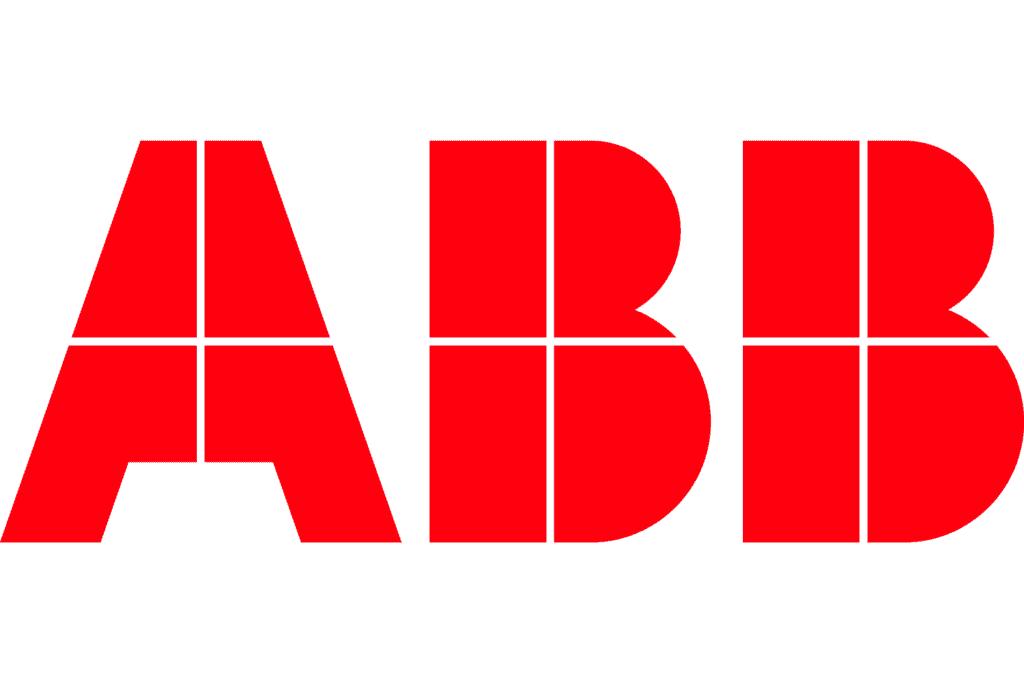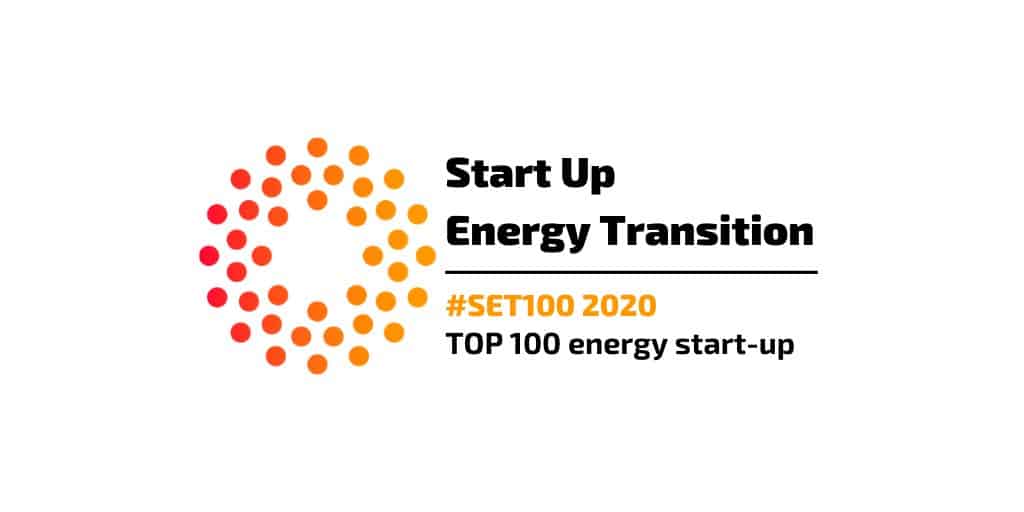I’m building an app – how can APIs help?
There are a number of advantages to an API-led approach as a developer, but efficiency and innovation are top of the list.
APIs reduce the quantity of code developers need to write themselves when building software, so the faster approach means greater efficiency, both in time and budget. If, for example, a digital application required a weather forecast function, a developer can simply integrate one of the many weather APIs available online rather than needing to build an entire meteorological system from scratch.
By removing any barriers through the intelligent use of APIs, new functionality, or indeed entirely new digital products and services, can be developed faster for rapid innovation. In an increasingly fast-moving market such as energy, the capability to move quickly, respond to new challenges and stay competitive is crucial.
My company doesn’t have an api – should we build one?
As we’ve seen, APIs should be a key component of any long-term digitalisation strategy.
APIs can be private or public. Private APIs are used only by a company’s internal developers and are not available to third parties. They are a useful tool to integrating and streamlining your own internal digital processes, creating greater efficiencies and potentially speeding up product time to market through faster development.
So private APIs are useful, but the benefits of making them public have even greater potential. Public, or Open, APIs allow you to extend your data, digital products and services beyond your own boundaries into new markets, acting as a revenue stream and new sales channel. They enable customers to integrate directly with your systems in a flexible way which works for them, building the foundation for a mutually beneficial commercial partnership.
Let’s go back to the example of Google Maps. Between 2016 to 2018, Uber paid Google $58million for the use of Google Maps in its app to help drivers navigate and visualise the journey for customers. That’s a significant discount on Google’s normal rate for use of its Maps API for a good reason – market visibility. Just think of the millions of Uber customers using Google Maps daily within the Uber app. Public APIs can increase your own reach and attract new customers. Not only that, but by charging for usage of your APIs, you are better positioned to monetise your own data and services.











